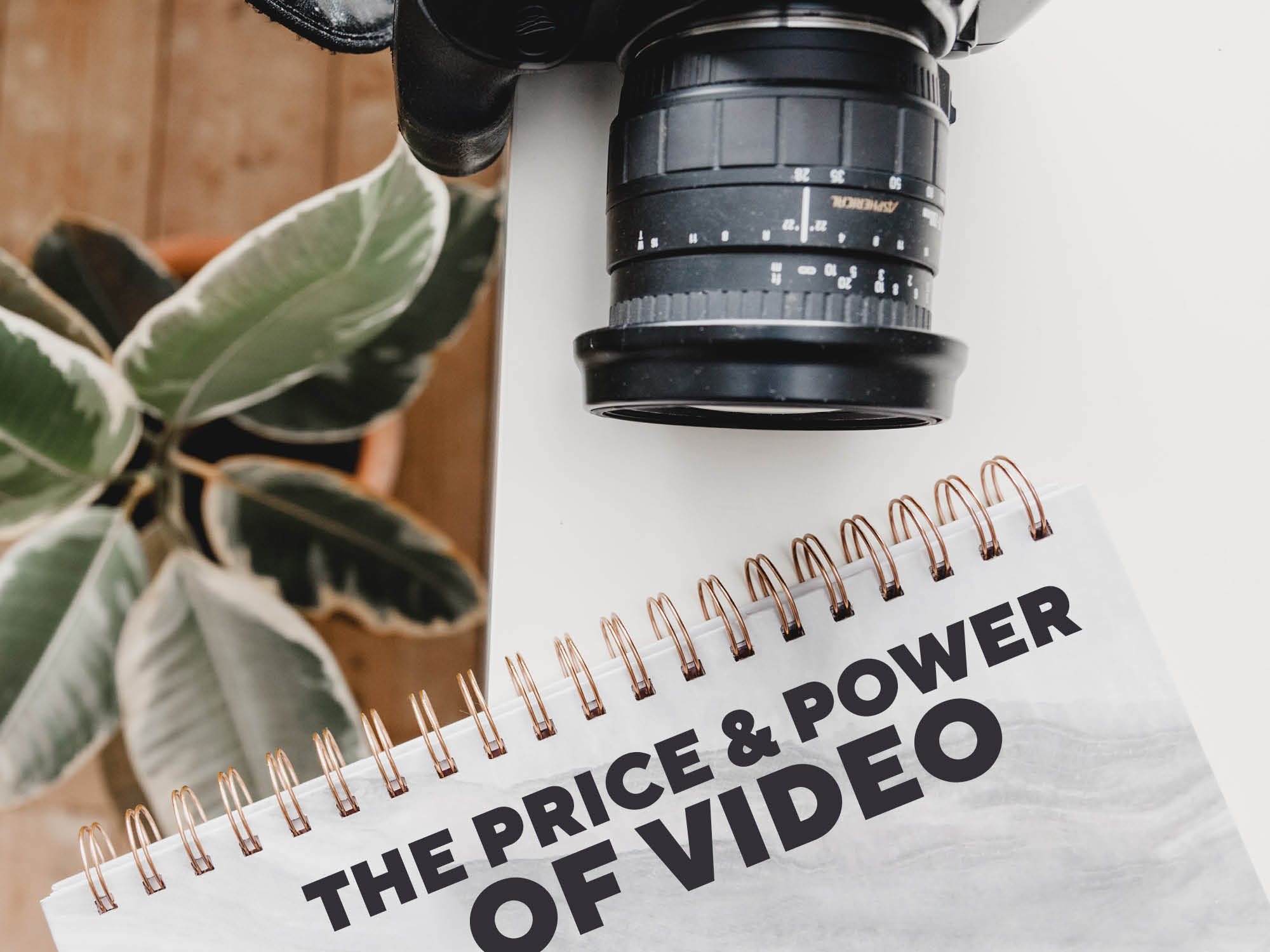No one can deny the power of video. Consistently, statistics show that video consumption is only increasing. In 2019, Limelight – a content delivery network system – reported that internet users spend close to seven hours per week watching online videos. It’s clear then that videos do better on social media. Videos posted on any platform – whether it’s Facebook, Instagram or Twitter – generate up to 1200% more shares than texts and images combined. Marketing software company, HubSpot, completed a study that shows that 54% of consumers want to see more video content from the brands they follow – and that includes you.
But what goes into the making of powerful video content? While some videos are simple enough that you just need some good light and your cell phone, branded or promotional videos require a lot more steps, both before and after actually shooting the content.
Before shooting, first identify a goal for your video. Why do you want to create a video? Videos can be expensive to produce. So, it is important to know exactly what you want your video to do for you. Goals could include brand awareness, driving sales or traffic, increasing customer engagement or educating customers. From here, other decisions need to be made. This includes the direction and tone of your video, the duration and style.
No, it’s still not time to shoot. Next, the idea behind the video needs to be outlined and the details need to be fleshed out. How many different scenes will there be? Who are the characters involved? Will there be a voice over? What kind of video will it be? Besides the usual production, you could opt for animations or GIFs. All these questions and more need to be answered before the script can be written. And from there, we move onto the storyboard part – something we creatives enjoy. A storyboard is your script brought to life. It helps to make sure that what you want to shoot is not only going to look good but also makes visual sense. It acts as a guide during production.
And once you’ve put your team together (directors, cameramen, producers, models, makeup artists, hairstylists, stylists and more), you are ready to shoot. Action!
… But we did say there would be steps after shooting the content. Post-production editors have their work cut out for them. With technical knowledge of editing tools required, they are part of the storytelling process. They take care of everything from sound mixes, visual effects, colour correction and title and end cards. And this definitely does not happen overnight.
All these steps, jobs and hours do add up. However, we still think it’s worth it. And other businesses do too. According to Dreamgrow – a blog on content marketing – 83% of businesses say that video provides a great return on investment. Videos boost conversions, sales, trust and engagement among your clients or customers.
But that doesn’t mean you should use stock videos. It’s always better to shoot your own videos so that you have unique content, you have full control over what you are getting, and you can start building a content bank for future use. Using stock videos can be very expensive and means you run the risk of using the same footage as your competitors.
Do we do video? Of course we do. All kinds. Send us an email so that we can start discussing your goals.
– Aaliyah
